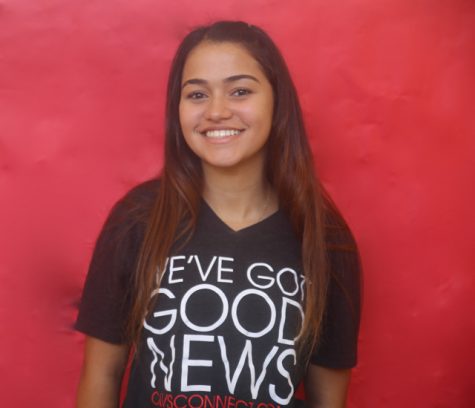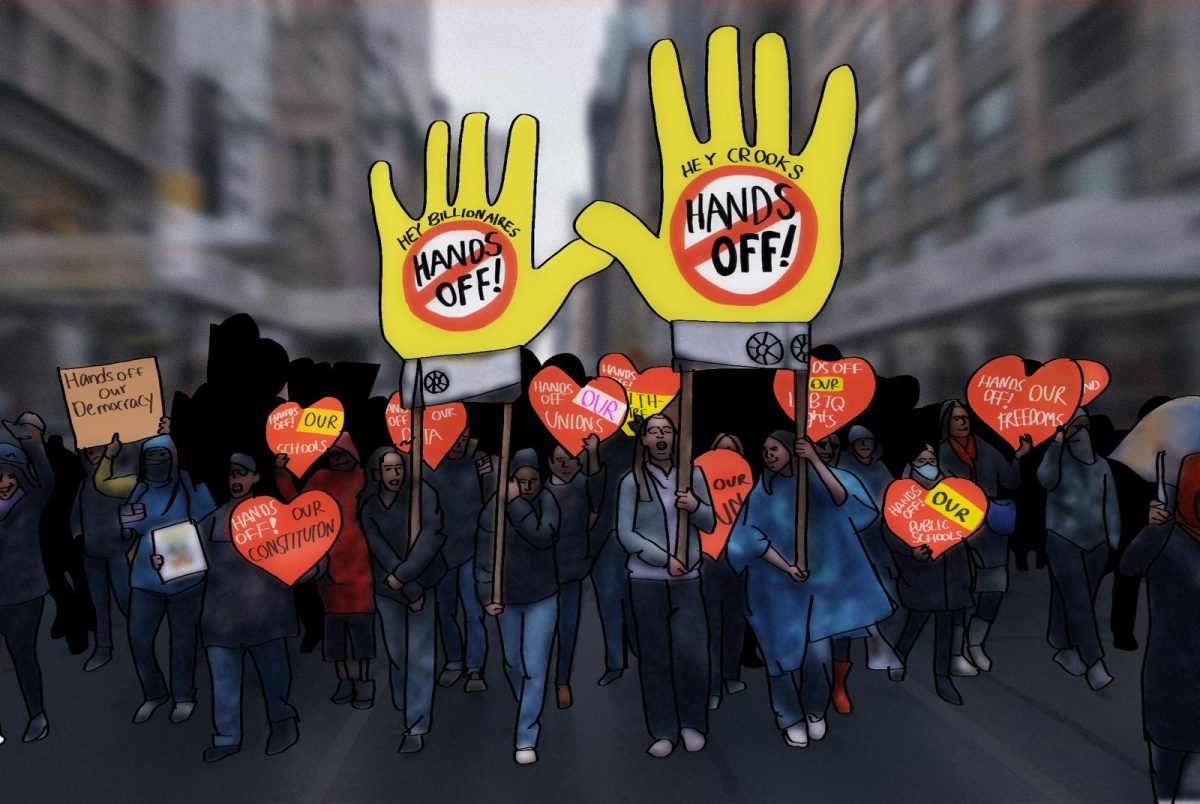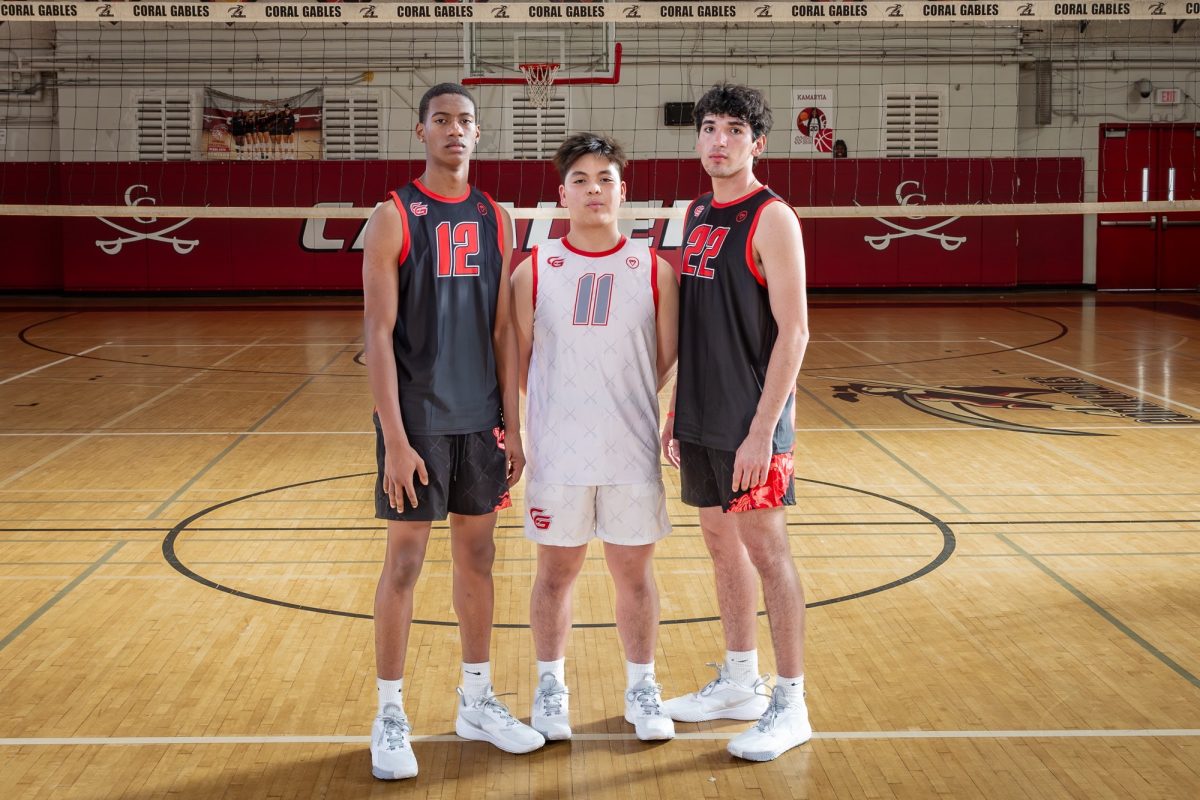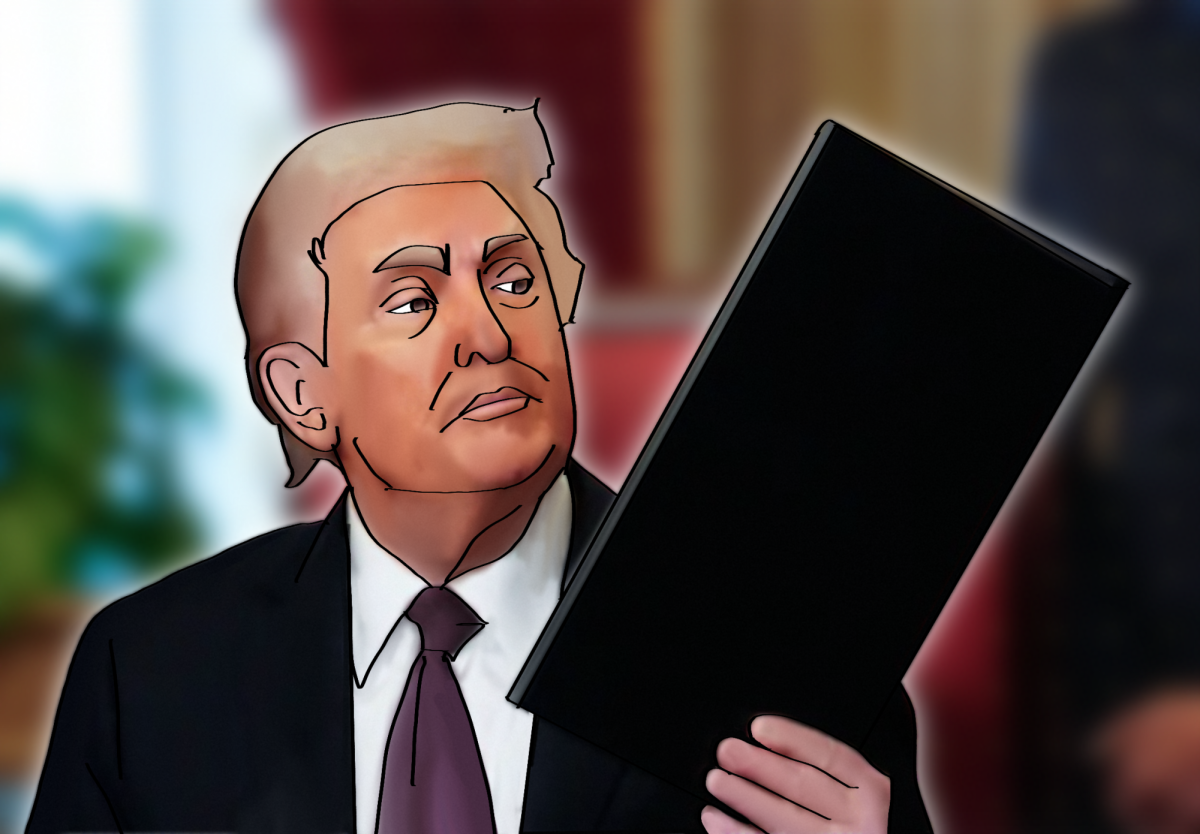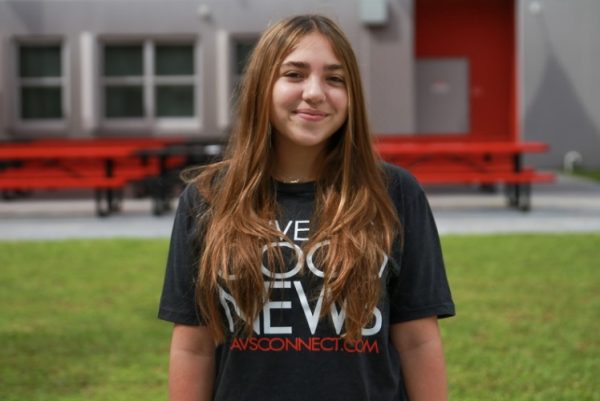How Effective is Propaganda?

Seniors Ari Alcalay, Julene Valmana and Deylis Perez discuss propaganda in class.
Sep 20, 2016
To many, propaganda is only classified by political cartoons or commercials about dogs in the pound or women empowerment. However, propaganda is really information that may be biased and used to promote a specific point of view. Photographs that go viral on social media leave an impact on the person scrolling through their feed. Examples of these impacting images are the pictures of the drowned Syrian boy, the “Napalm Girl” running away from U.S. soldiers during the Vietnam War and, recently, the picture of the Syrian boy burned in Aleppo. These pictures leave a mark on anyone that sees them and fail to accurately portray the severity of issues and the bigger picture of historic events.
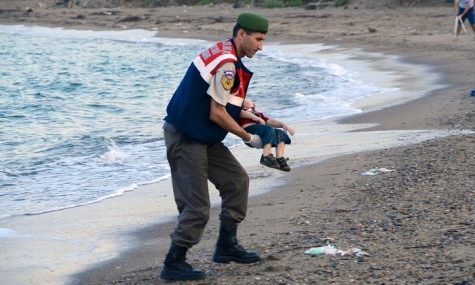
This drowned Syrian boy being carried away from the beach was only one of many that lost their lives that day.
“I mostly see these pictures on twitter, like the one of the little boy who burned in Aleppo… they’re heartbreaking. When I saw the picture immediately looked up articles and started reading about it. I’m not really proud to say that the reason I’m caught up on these issues is because of social media but I guess it’s good that something is keeping me updated,” senior Gabriela Rivas said.
The image of the drowned Syrian boy was taken on the shore of a beach close to the Turkish town of Bodrum. Within hours of the photograph being taken, it spread through social media alongside the hashtag “#KiyiyaVuranInsanlik” meaning, humanity washed ashore. The body was of three year old Aylan Kurdi. Trying to escape from war-torn Syria, Kurdi and his family decided to flee which ultimately ended in the young boy’s death. The spread of this photo reminded anyone on social media of what is going on around the world. This use of propaganda served as a tool to educate those who did not know about the war in Syria and the thousands of people trying to flee.
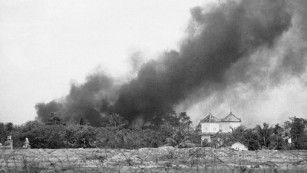
Napalm bombings in Vietnam made American citizens angry about the war and prompted many anti-war protests.
These pictures divert the public’s attention from the atrocities being committed like the killing of gays and oppression of women in Syria. They make an impact on anyone that sees them and diverts their attention from even graver issues. All in all, propaganda affects the way people think because the photos appeal to a persons emotions and get them to think about what is really going on in the world. Yet, there are still some who are unaffected by the images since in reality they have no impact on their own life.
“It’s another country, the chances of it having an affect are negligible so it’s not something I should spend my time on,” IB Theory of Knowledge and Dual Enrollment Political Theory teacher James Dunn said.
Though many only feel bad for the children pictured they ignore they fact that there are more children getting hurt. To some people images like these don’t have affect on them and wouldn’t sway how the public feels about certain social or political issues.


